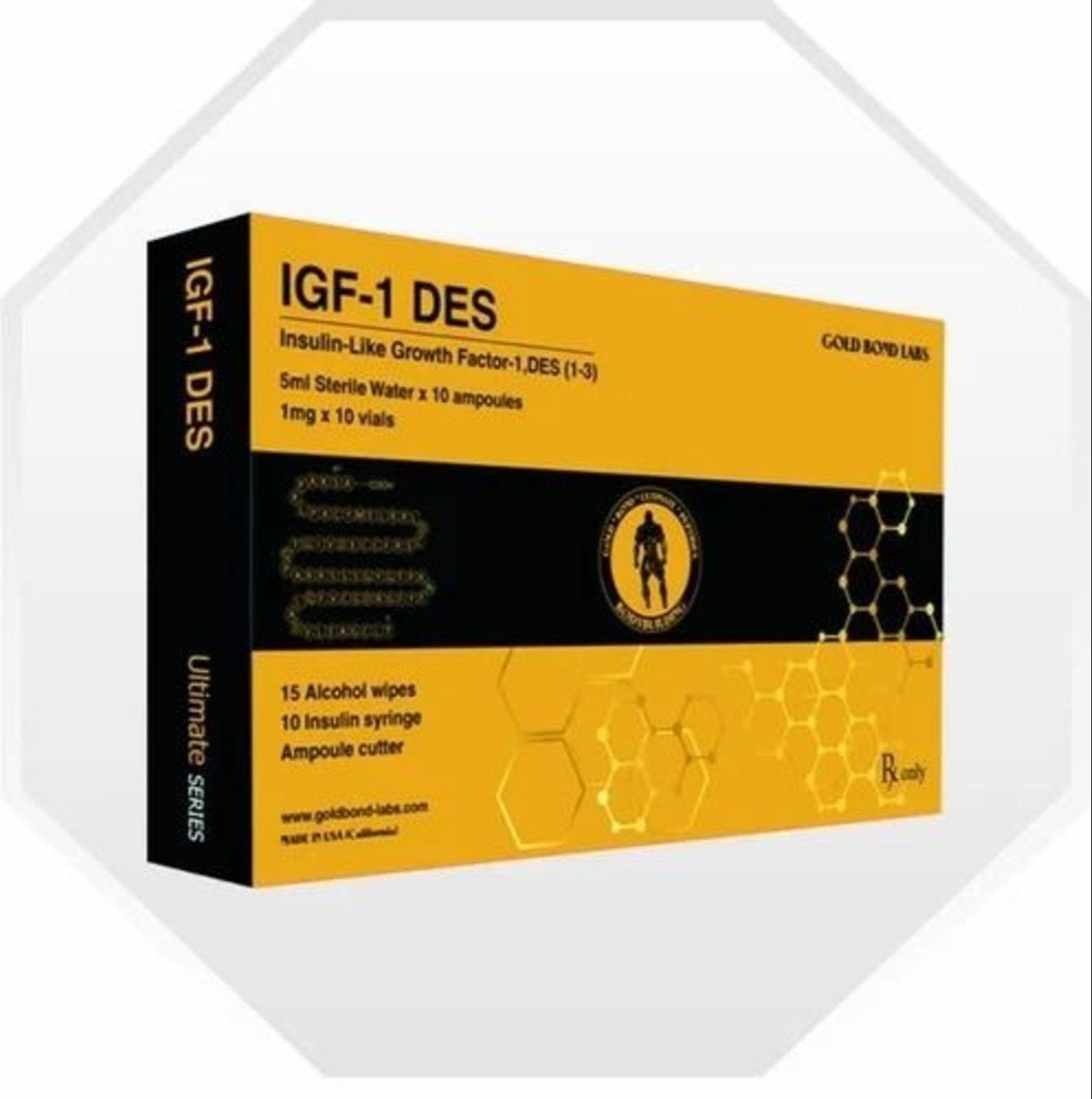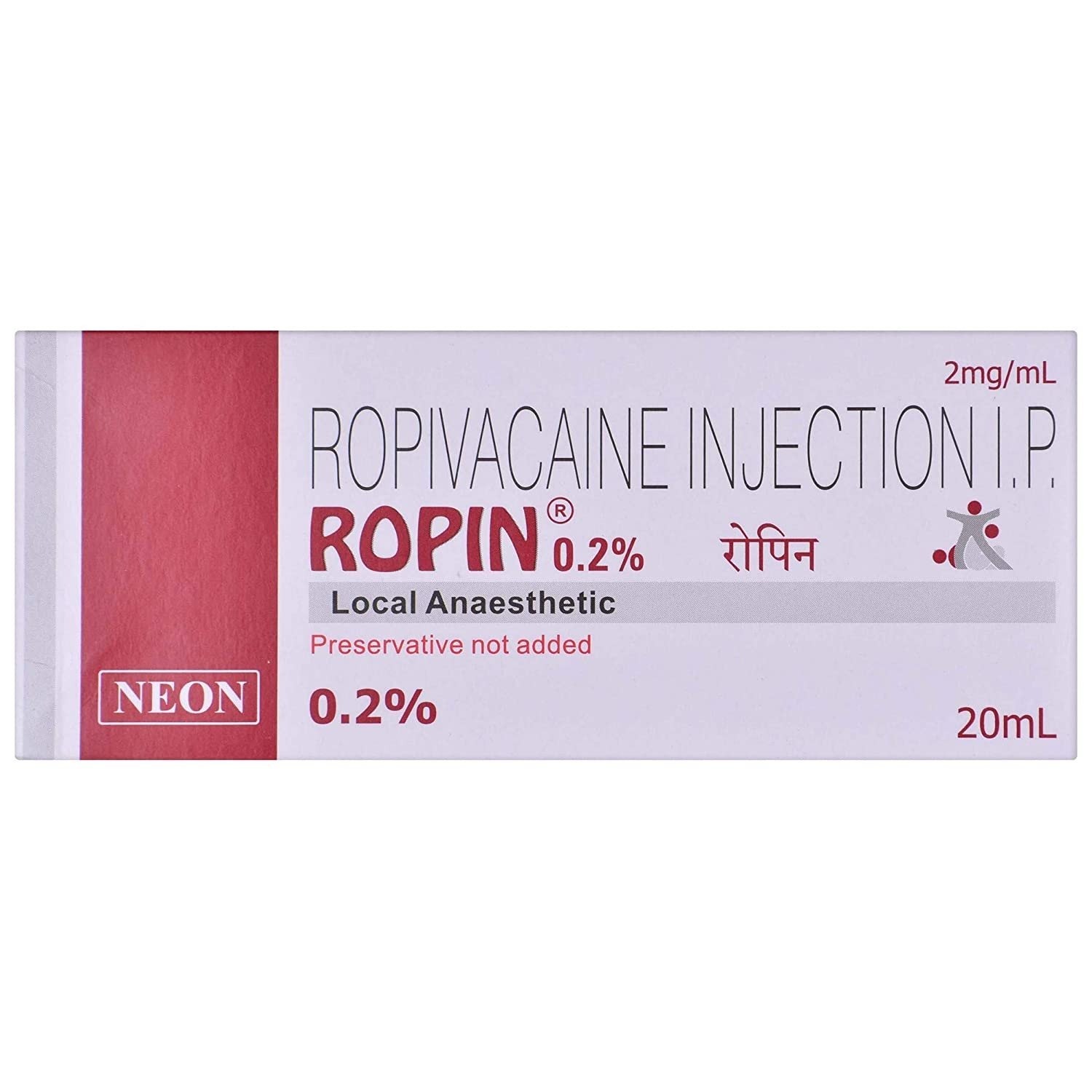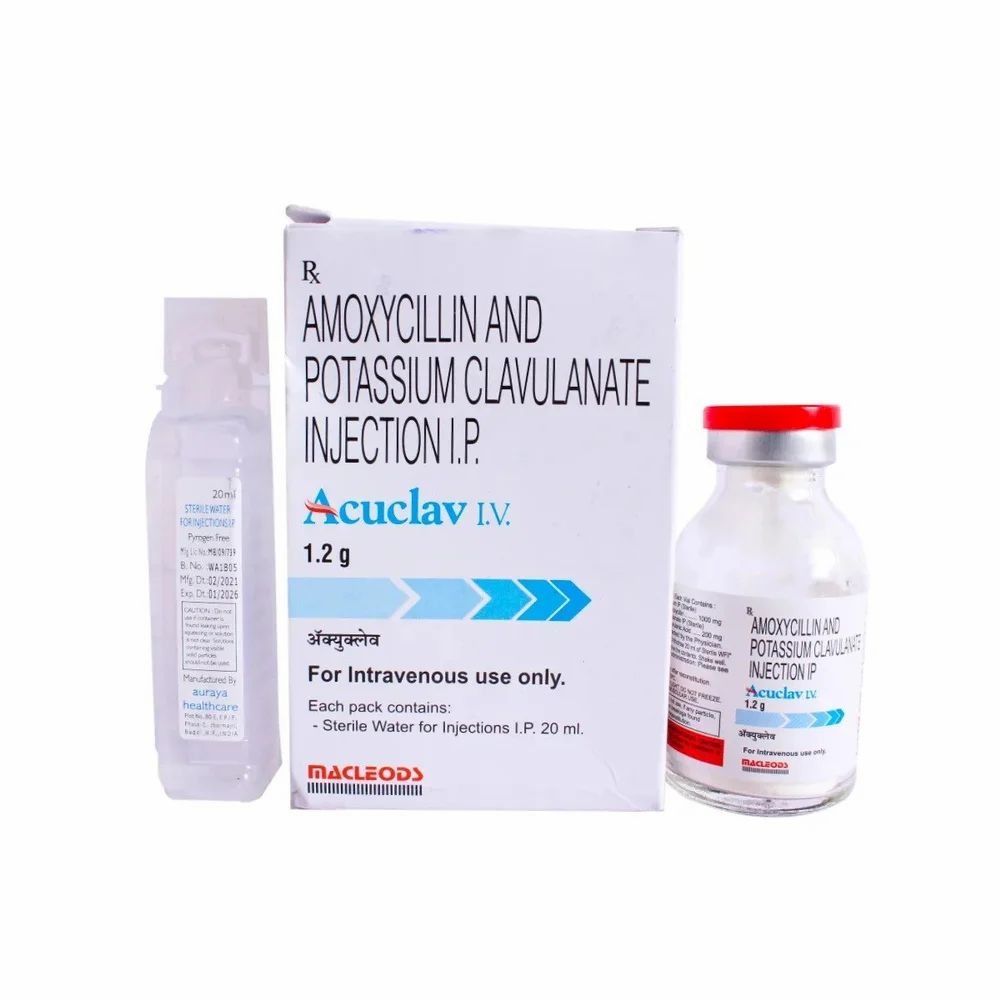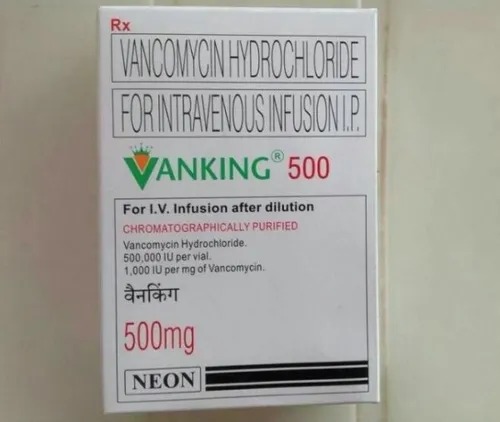IGF-1 DES Gold Bond Labs Injection For Bodybuilding, 1mgx10vials
Product Details:
IGF-1 DES Gold Bond Labs Injection For Bodybuilding, 1mgx10vials Price And Quantity
- 13700.0 INR
- 5
IGF-1 DES Gold Bond Labs Injection For Bodybuilding, 1mgx10vials Trade Information
- 100 Per Day
- 7 Days
- No
- Contact us for information regarding our sample policy
Product Description
| Purity |
|
| Grade |
|
| Usage/Application |
|
| Packaging Size |
|
| Dose |
|
| Brand |
|
| Product Type |
|
| Delivery |
|
| Minimum Order Quantity |
|
| Brand | IGF-1 DES |
| Usage/Application | Bodybuilding |
| Packaging Size | 5 ml sterile water x 10 ampoules |
| Dose | 1mgx10vials |
| Country of Origin | Made in India |
| Packaging Type | Box |
The administration of recombinant human GH (rhGH) has been approved by the FDA and various international regulatory agencies for several indications both in children (GH deficiency (GHD), Turner syndrome, children born short for gestational age, Prader-Willi syndrome, idiopathic short stature, etc.) and in adults (GHD, HIV-associated lipodystrophy, etc.) [1]. Treatment with rhGH is routinely performed as one subcutaneous daily injection, thus it does not resemble the physiological pulsatile pattern of GH release. On the other hand, the administration of GHRH or its analogs results in increased levels of GH in serum and more importantly, maintenance of the episodic pattern of GH secretion. In addition, contrary to rhGH administration which contains only the 22kDa isoform of GH, therapy with GHRH-type molecules should result in the secretion of all forms of GH that are produced in the pituitary somatotropes (including post-translationally modified isoforms whose functions remain unknown [2]).
A major obstacle in assessing the efficacy of GH therapy is the lack of a consistent biological serum biomarker. Levels of IGF-1 and IGFBP-3 are widely used to monitor the efficacy of GH therapy, but unfortunately, there is considerable variability in responses (growth velocity, final stature, glucose tolerance, insulin levels, etc.) with a lack of consistent correlation between the measured response and the serum levels of GH, IGF-1, IGFBP-3, etc. Collagen peptides are also used as biomarkers of GH activity, but again their reliability as predictors of treatment efficacy is variable [3]. The abuse of rhGH by athletes to improve performance is also a major concern, and underscores the need for new and more specific biomarkers of GH action [3-7]. Moreover, the finding of new biomarkers will expand our understanding of the molecular mechanism and physiologic effects of GH action.
In a previous study, the long-acting GHRH analog CJC-1295 was shown to promote an increase in GH and IGF-1 levels in sera of healthy young adult men one week after administration, without affecting the pulsatility of GH secretion [8]. The extended half-life of the compound (8 10 days in humans) is due to its ability to bind to endogenous serum albumin through a free thiol group forming a covalent disulfide bond [9]. The present study was designed to identify biomarkers of GH and/or IGF-1 action in serum samples obtained before and one week after administration of CJC-1295 to healthy subjects. The samples were analyzed using a proteomic approach to search for serum proteins and protein isoforms that respond to increases in GH or IGF-1. Five protein spots displaying significant changes after treatment were identified and their serum levels evaluated for correlations to GH and IGF-1 serum concentrations.

Price:
- 50
- 100
- 200
- 250
- 500
- 1000+








